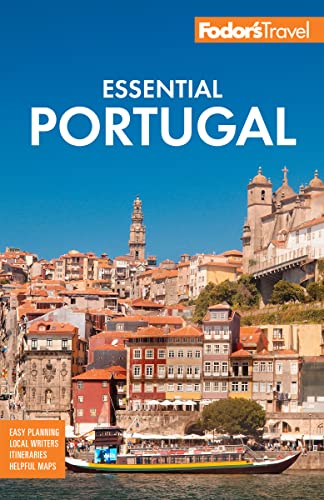Beachcombers have long loved the tiny, parched, and barren island whose golden beach is famous for its therapeutic properties. By packing themselves in the sand, which runs over 10 km (6 miles) along the entire south coast, locals cure their rheumatic pains and speed the healing of skin complaints or minor injuries.
The island's simple houses are centuries old. Their unique roofs are made of salâo, a sandy clay noted for its strong adherent properties. This amazing roofing material fits extraordinarily well into the Porto Santo rural landscape: the houses are cool in summer because when the weather is very dry, and cracks open up in the salâo, letting the air circulate. In winter, this material absorbs the rain. The price one pays for this natural convenience is labor: the roof needs to be replaced every year.
The island was first discovered by accident, when Portuguese sailors João Gonçalves Zarco, Tristão Vaz Teixeira, and Bartolomeu Perestrelo were washed ashore after a strong storm in the early 15th century. As the island had saved their lives, they named it Porto Santo, or Blessed Port. The island was also home to world explorer Christopher Columbus, who lived here between 1479 and 1481 while he honed his knowledge of cartography and navigation. Vila Baleira—the island's main town—has a park containing an idealized statue of Christopher Columbus, as well as a museum inside the house he resided. He married Isabela Moniz, daughter of one of the early discoverer Bartolomeu Perestrelo—who was by then the first governor of the island—in 1479. She died not long after, at the time of the birth of their son.




